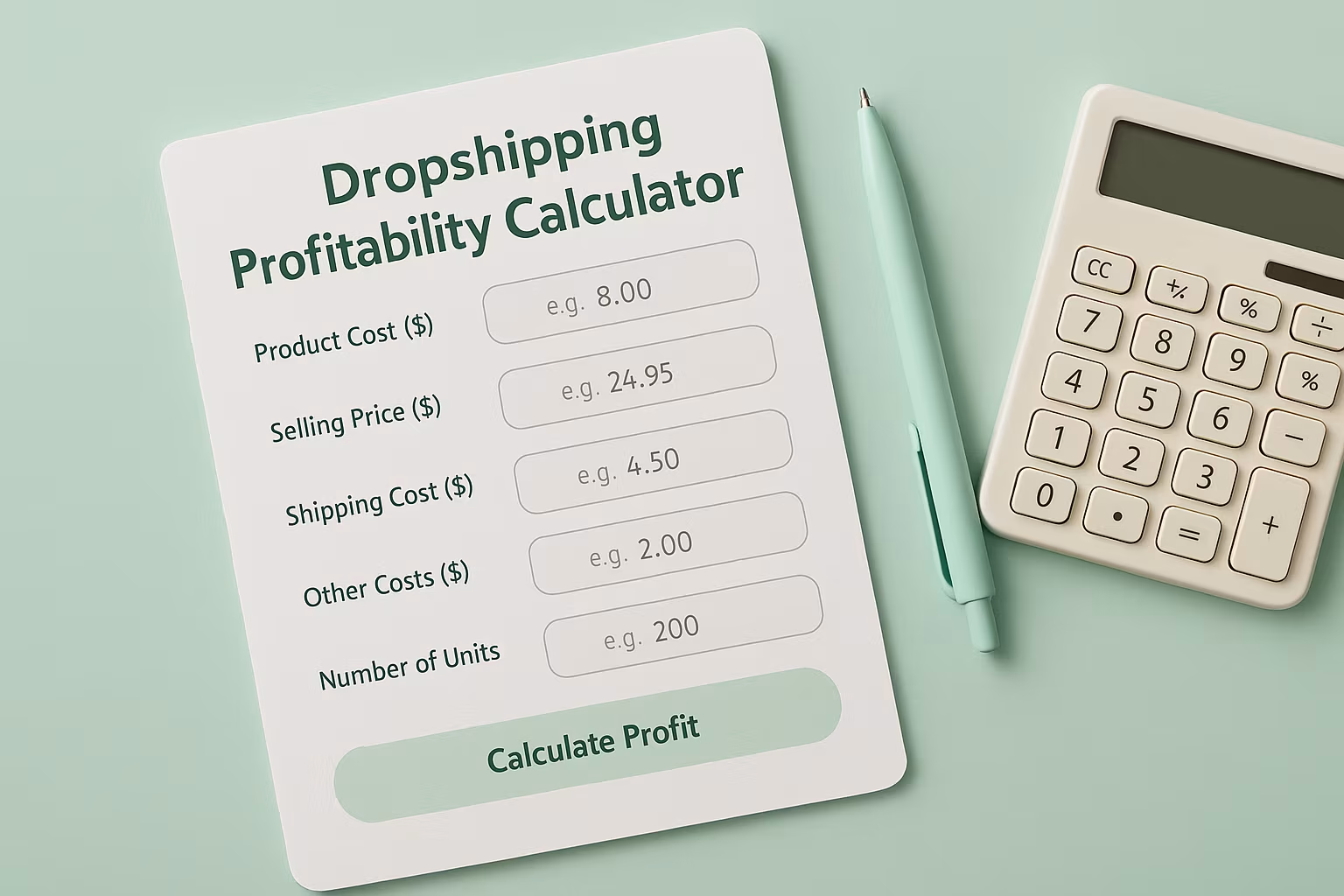How Can a Subscription Model Increase LTV and Retention? 3 Successful Ways

In the competitive e-commerce landscape, smart businesses are shifting focus from acquiring new customers to maximizing value from existing ones.
Studies show repeat customers spend up to 67% more than new ones, making it essential to understand how subscription models boost LTV and retention.
Subscription models not only create predictable revenue streams but also build stronger relationships, turning one-time buyers into loyal brand advocates who drive long-term growth.
Three Unique Ways Subscription Models Increase LTV and Retention
Subscription models help ecommerce businesses unlock more value from each customer while encouraging longer-term loyalty. Here’s how:
1. Recurring Revenue Drives Higher LTV
A subscription model turns a single purchase into a predictable income stream. Instead of earning from a customer once, you create a revenue engine that runs month after month.
- Customers generate more total revenue over time (e.g., $15/month for 10 months = $150 vs. one $50 order)
- Easier financial forecasting enables better growth planning
- Lower customer acquisition cost per dollar earned
- Encourages investment in longer-term customer experience
2. Convenience Boosts Retention
By automating the purchasing process, subscriptions make it effortless for customers to stick around. This habit-forming model naturally reduces churn.
- No need to remember to reorder, it just shows up
- Creates routines that integrate your product into daily life
- Fewer touchpoints = fewer chances to drop off
- Customers stay longer simply because it’s easier

3. Psychological Triggers Reinforce Loyalty
The real magic of subscription models lies in psychology. These subscription services tap into behavioral drivers that strengthen customer commitment over time.
- Convenience bias: It's easier to keep going than to cancel
- Loss aversion: People resist losing benefits they feel entitled to
- Relationship building: Regular deliveries and communication foster trust
- Perceived value: Ongoing perks, personalization, or rewards make staying feel more valuable than leaving
When it comes to building a sustainable brand, how you sell matters just as much as what you sell. Subscriptions and one-time purchases both have their place, but they drive very different business outcomes.
Types of Subscription Models That Maximize Customer Value
Different subscription approaches work better for specific business models and customer needs.
Replenishment Subscriptions
Replenishment subscriptions deliver consumable products at regular intervals. This model works exceptionally well for items customers need consistently, like supplements, skincare products, or coffee.
These subscriptions solve a fundamental customer problem: running out of essential products. By ensuring customers never face the frustration of discovering an empty container at an inconvenient moment, businesses provide genuine value while securing predictable orders.
For example, a private label coffee brand might offer monthly deliveries of freshly roasted beans. Customers save time and enjoy the convenience of never running out of their morning brew, while the business builds a reliable revenue base.
Curation Subscriptions
Curation subscriptions deliver personalized selections of products based on customer preferences. This model excels at creating excitement and discovery while reducing decision fatigue.
The value proposition centers on expertise and surprise. Customers receive carefully selected items they might not have discovered independently, creating moments of delight that strengthen brand loyalty.
Beauty box subscriptions exemplify this approach, delivering personalized selections of skincare and cosmetic products monthly. The discovery aspect keeps customers engaged long-term, often resulting in additional purchases beyond the subscription itself.
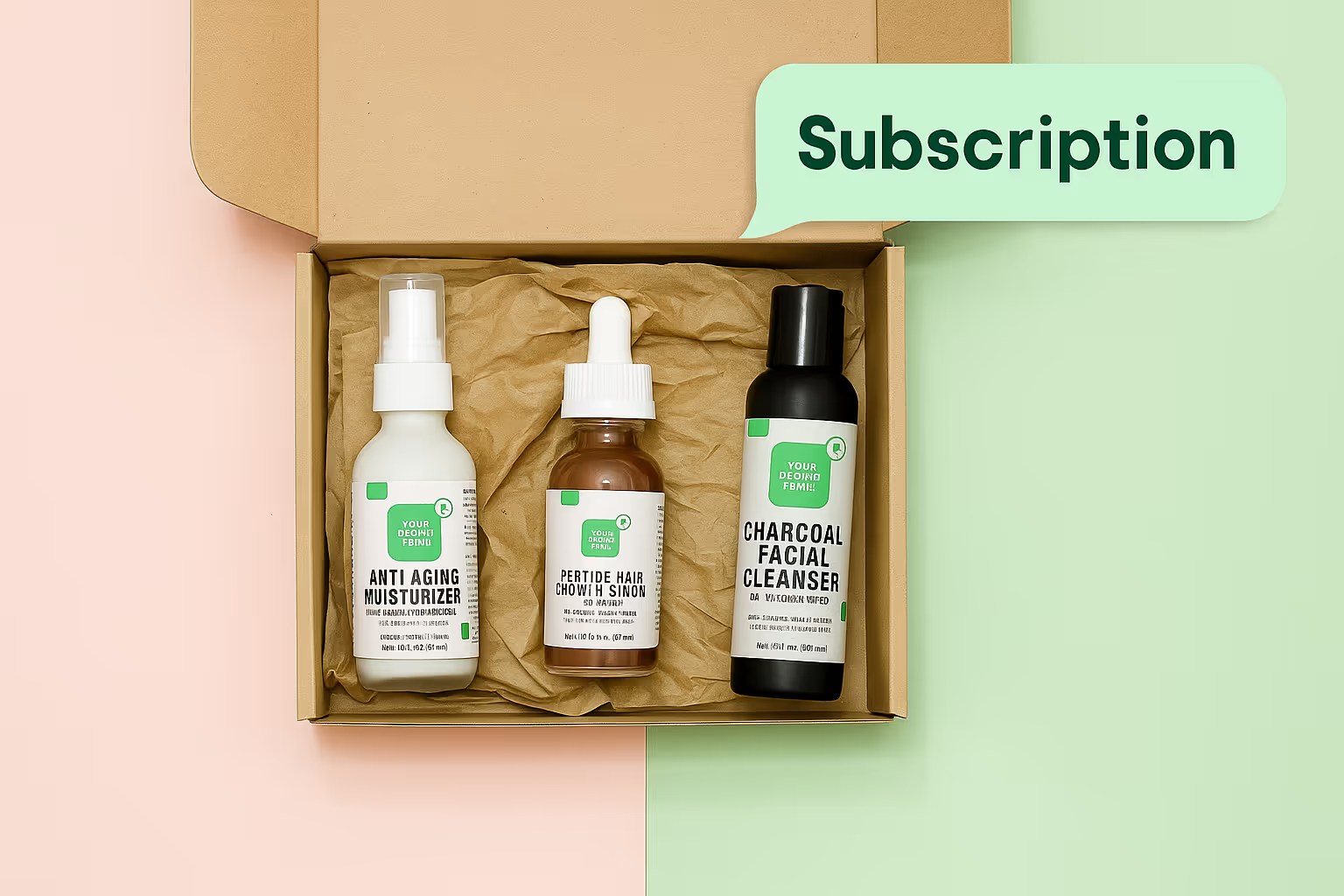
Access Subscriptions
Access subscriptions provide members with special benefits, content, or services. This model works well for businesses with valuable intellectual property or the ability to create exclusive experiences.
These subscriptions transform one-time customers into community members who receive ongoing value. The exclusivity factor creates strong retention hooks that discourage cancellation.
A fitness brand might offer subscribers exclusive workout programs, nutrition guides, and community support. This value-added content complements physical products while significantly boosting retention rates.
Implementing Subscription Strategies That Drive Results
Successfully implementing a subscription model requires thoughtful planning and execution. These practical strategies help businesses maximize both LTV and retention.
Price Optimization for Maximum LTV
Pricing strategy significantly impacts subscription success. Consider these approaches:
- Tiered pricing creates multiple entry points while encouraging upgrades. By offering good/better/best options, businesses can capture price-sensitive customers while maximizing revenue from those willing to pay premium rates.
- Prepaid discounts incentivize longer commitments. Offering 10-20% discounts for annual subscriptions versus monthly payments improves cash flow while reducing churn opportunities from 12 to just 1 per year.
- Strategic discounting helps convert hesitant prospects. While deep discounts can attract low-quality subscribers, modest introductory offers (15-25% off first order) effectively reduce acquisition friction without sacrificing long-term value.
Pro tip: Focus pricing discussions on the value delivered rather than the cost itself. For example, frame a $45 monthly supplement subscription as "just $1.50 daily for optimal health" rather than emphasizing the monthly total.
Personalization Tactics That Reduce Churn
Personalization transforms generic subscriptions into tailored experiences that customers hesitate to abandon.
- Preference-based customization: Allows subscribers to adjust product selections, delivery frequency, and other variables to match their needs perfectly. This flexibility addresses the common cancellation reason of "too much product accumulating."
- Behavioral personalization: Uses customer data to refine offerings over time. By analyzing usage patterns and feedback, businesses can proactively adjust subscriptions before issues trigger cancellations.
- Communication personalization: Ensures subscribers receive relevant information that enhances their experience. Segmented messaging based on subscription tier, purchase history, and engagement patterns significantly improves retention rates.
A supplement brand might allow subscribers to adjust delivery timing based on their consumption habits or receive personalized dosage recommendations based on their health goals, creating a "perfect fit" experience that's difficult to replicate elsewhere.
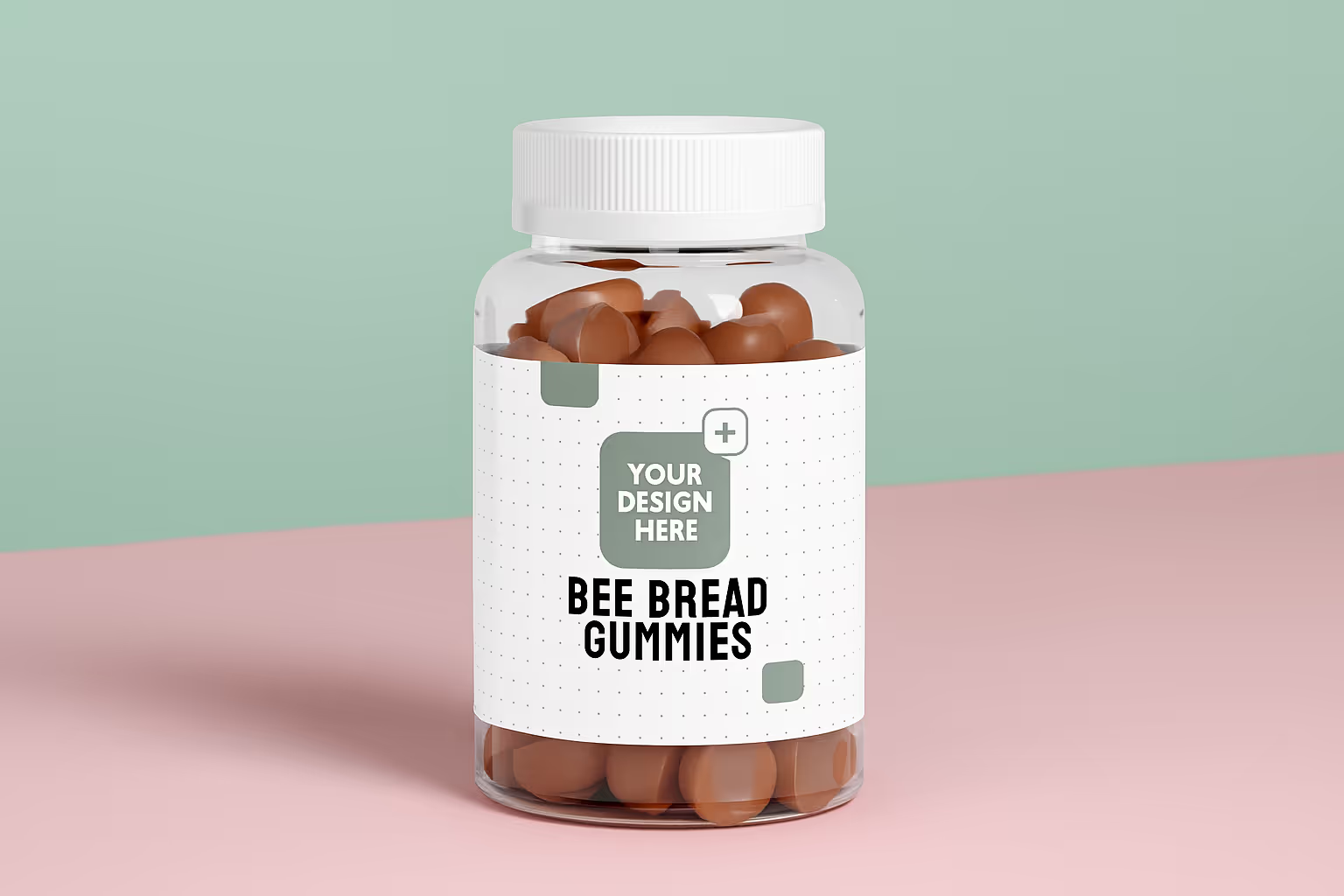
Reducing Friction in the Subscription Journey
Every point of friction in the subscription experience increases cancellation risk. Streamlining these processes protects retention rates:
- Simplified management gives subscribers easy control over their accounts. Self-service portals for skipping deliveries, adjusting quantities, or updating payment methods reduce support requests while improving satisfaction.
- Transparent policies build trust and reduce cancellations driven by uncertainty. Clear terms regarding billing, shipping, and cancellation procedures establish appropriate expectations from the beginning.
- Proactive issue resolution addresses problems before they trigger cancellations. Monitoring delivery issues, product feedback, and engagement metrics helps identify at-risk subscribers for targeted retention efforts.
Implementing these friction-reducing strategies can dramatically improve returning customer rates, often exceeding industry benchmarks by 15-20%.
Measuring and Optimizing Subscription Performance
Effective subscription programs require ongoing measurement and optimization. These metrics provide crucial insights for improvement:
Critical Metrics for Subscription Success
- Monthly Recurring Revenue (MRR): measures predictable monthly income from all active subscriptions. This core metric helps forecast cash flow and assess program health.
- Customer Lifetime Value (LTV): Calculates the total revenue generated by the average customer before they cancel. Understanding how to find the lifetime value helps businesses make informed acquisition and retention investments.
- Churn Rate: Tracks the percentage of subscribers who cancel within a specific period. Both voluntary churn (customer-initiated cancellations) and involuntary churn (failed payments) require different management strategies.
- Average Revenue Per User (ARPU): Reveals how much revenue each subscriber generates monthly. Tracking this metric helps assess the impact of cross-selling, upselling, and pricing changes.
Optimizing for Long-Term Retention
Continuous improvement drives subscription success. These strategies help businesses systematically enhance retention:
- Cohort analysis: Identifies patterns in subscriber behavior over time. By comparing retention rates across different acquisition periods and channels, businesses can identify their most valuable customer segments.
- Cancellation surveys: Reveal specific reasons customers leave. This qualitative data highlights product issues, pricing concerns, or competitive factors affecting retention.
- Win-back campaigns: Reactivate lapsed subscribers. Targeted offers addressing specific cancellation reasons can recover 15-25% of churned customers when implemented effectively.
Leveraging Technology for Subscription Success
The right technology infrastructure dramatically improves subscription program performance. These tools help businesses scale effectively:
- Subscription management platforms: Handle recurring billing, account management, and analytics. These specialized solutions reduce administrative burdens while providing crucial performance insights.
- Customer relationship management (CRM) systems: Centralize subscriber data for personalized engagement. By tracking preferences, purchase history, and support interactions, businesses can deliver tailored experiences that strengthen loyalty.
- Marketing automation tools: Deliver timely, relevant communications throughout the subscription lifecycle. From welcome sequences to renewal reminders, automated messaging keeps subscribers engaged without overwhelming manual effort.
Expert Subscription Tactic: Prevent Silent Churn Before It Starts
Many brands overlook passive churn, customers lost to failed payments or expired cards, which can make up 30–40% of total churn. Unlike active cancellations, these losses often go unnoticed until revenue drops.
Combat this with a dunning sequence, an automated flow that detects payment failures early and prompts users to update their billing info. Pair it with smart payment recovery tools from platforms like Stripe or Chargebee that retry charges using optimal timing and fallback logic.
Top-performing brands quietly reduce churn by 8–15% just by managing billing friction behind the scenes, without changing a thing on the front end.
Building a Subscription Model That Transforms Your Business
Implementing a subscription model is one of the most effective ways to boost customer lifetime value and retention.
The most successful programs focus on thoughtful offerings, customer-first policies, and continuous optimization. Subscriptions aren’t just a payment method but a relationship model that aligns business success with customer satisfaction.
This isn’t just about how customers pay. It’s about reshaping your business for sustainable, predictable growth.
FAQ
Related blogs
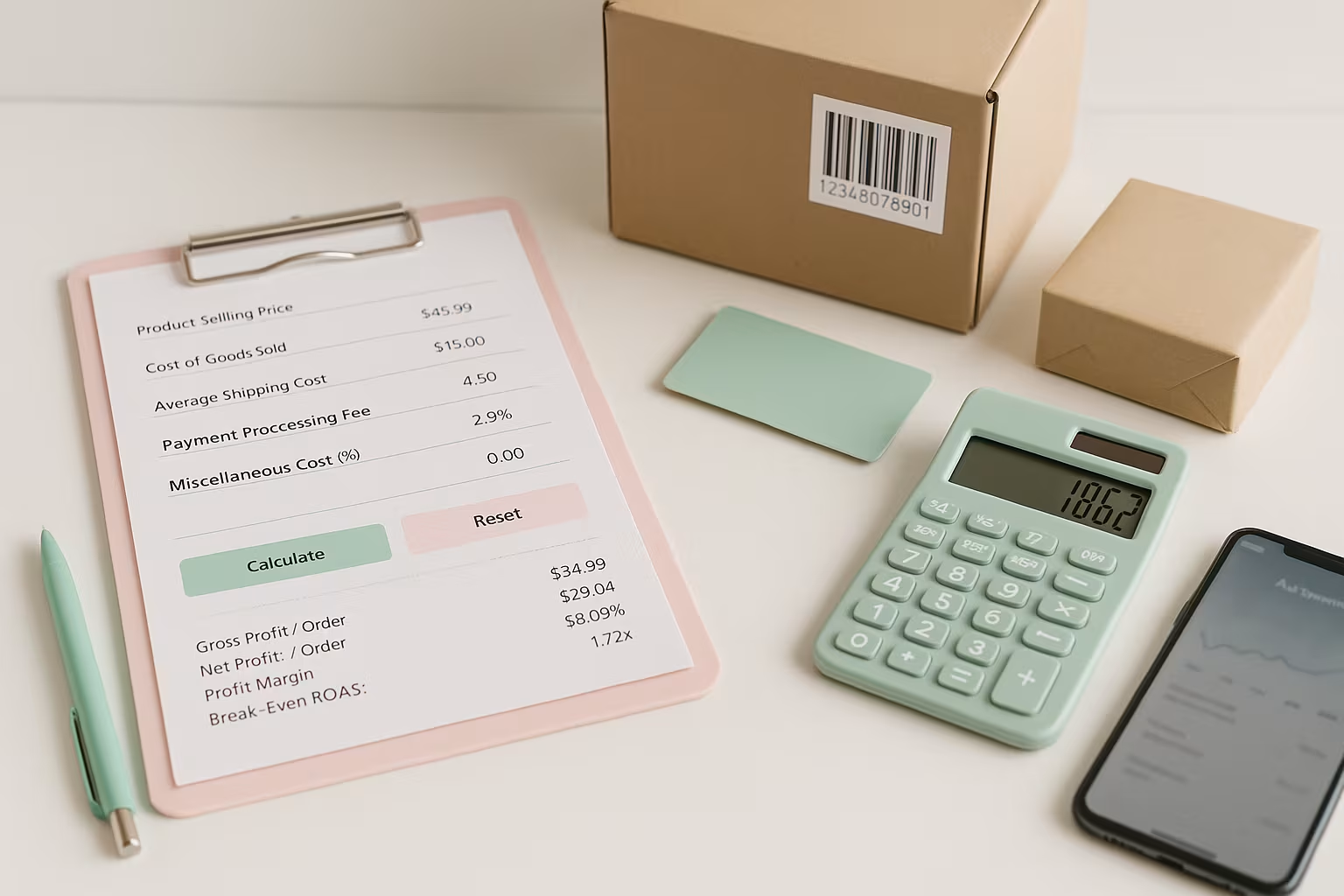
Break-Even ROAS Calculator: Find Out What You Can Afford to Spend on Ads
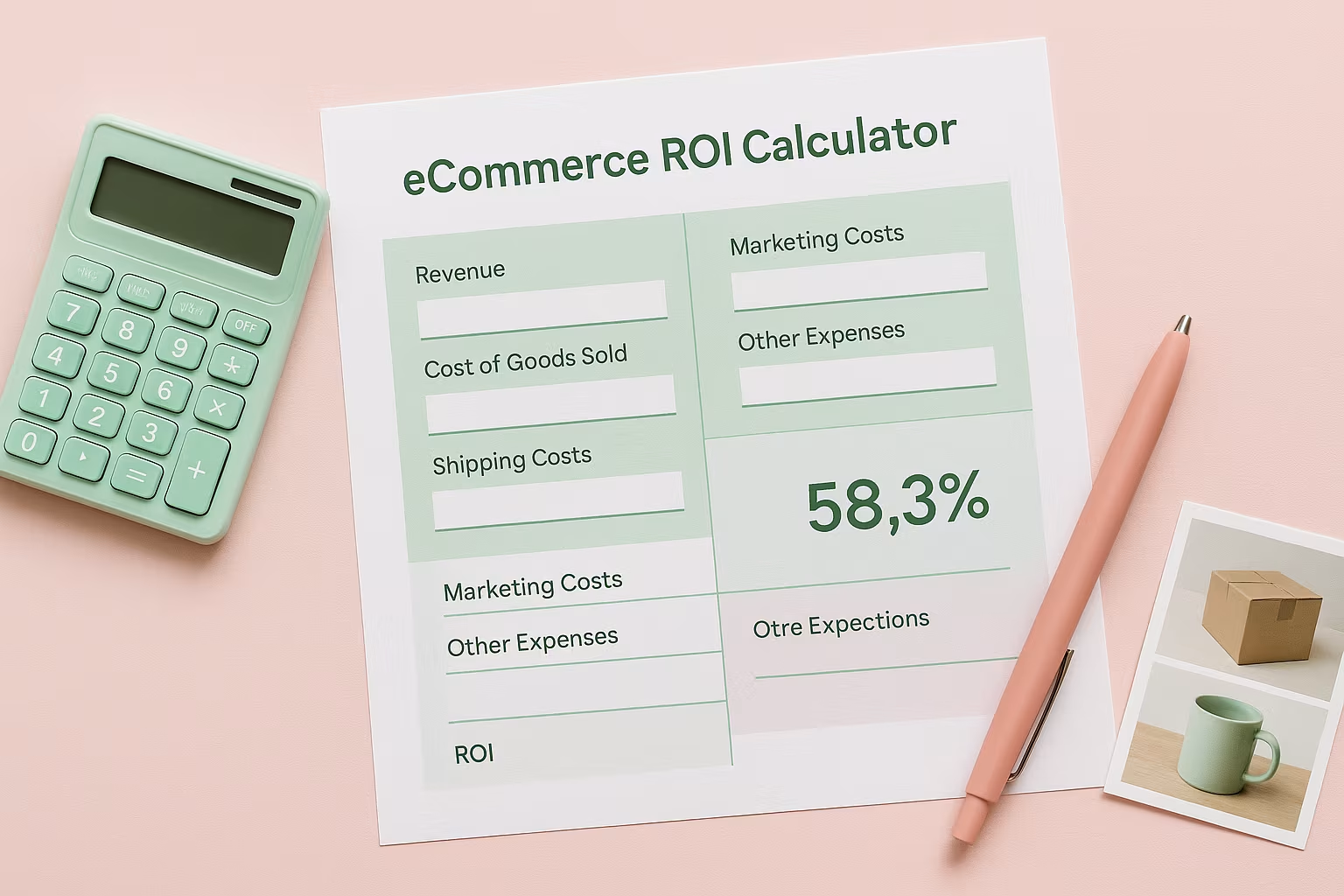
Ecommerce ROI Calculator: Scale Your Store
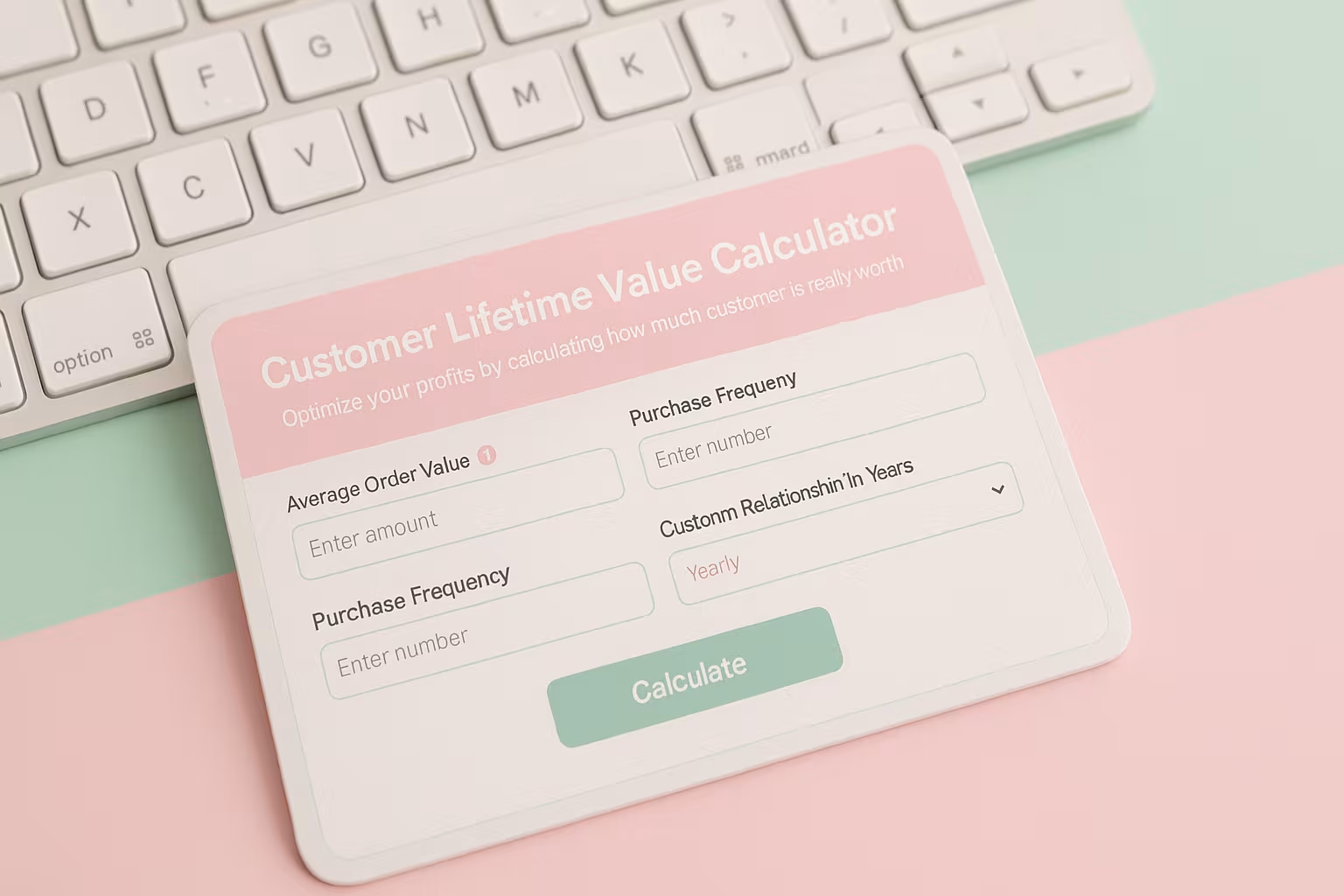
Customer Lifetime Value Calculator: Unlock Your E-commerce Revenue Potential
